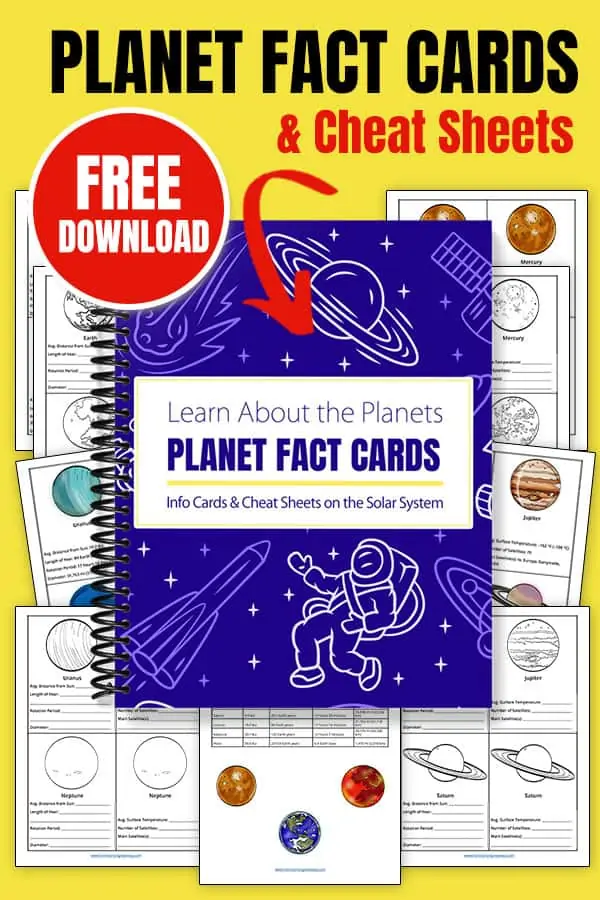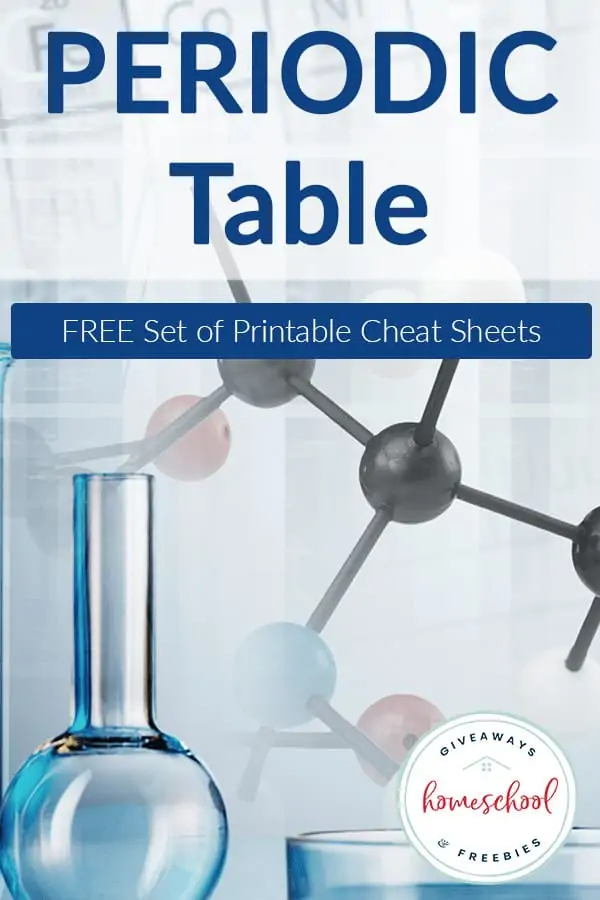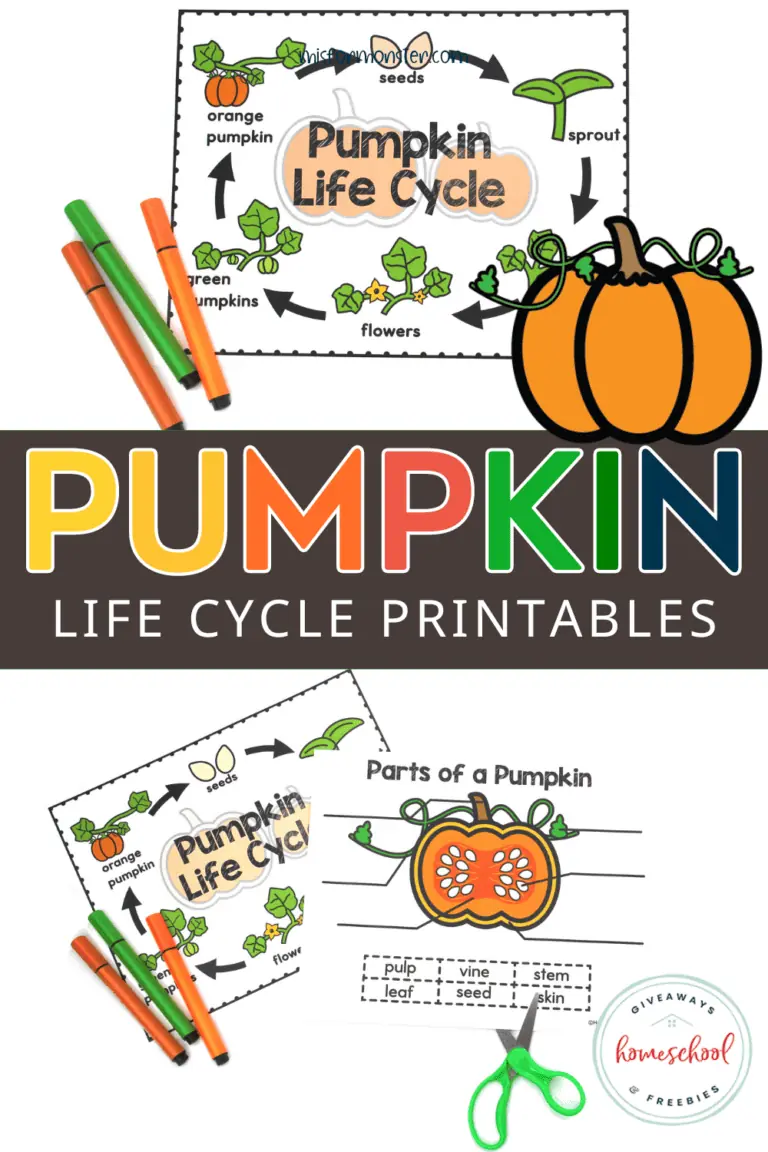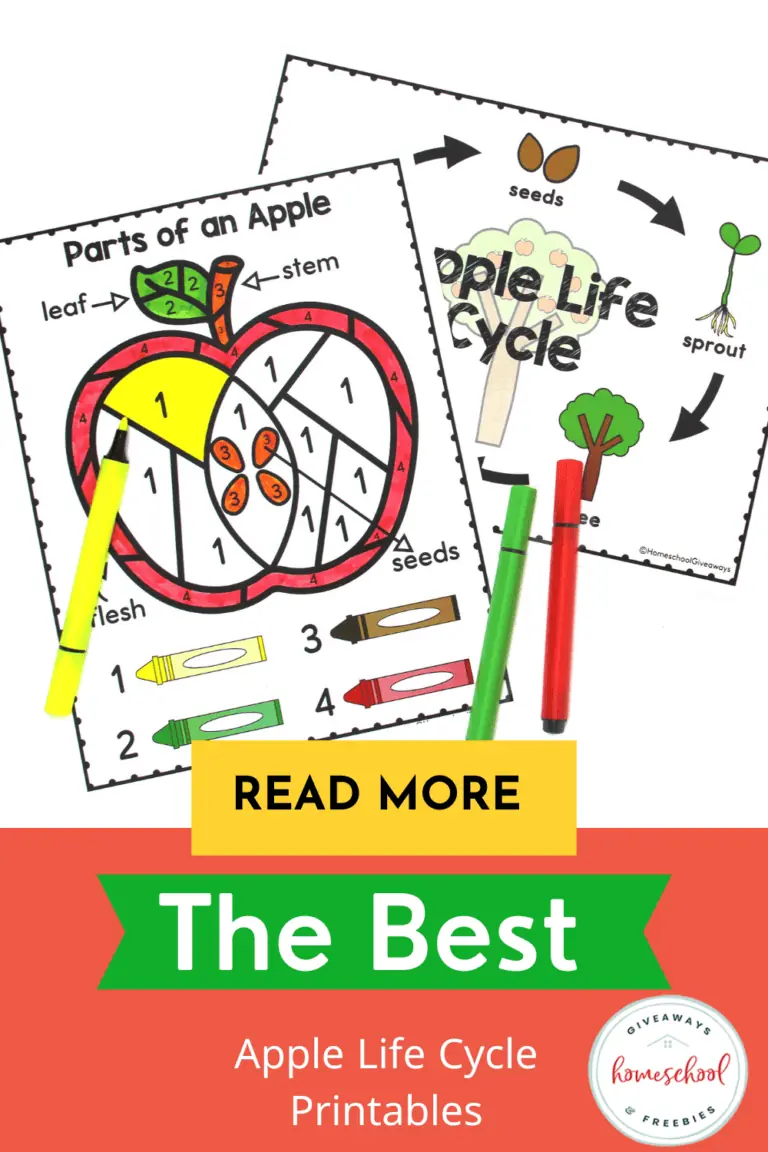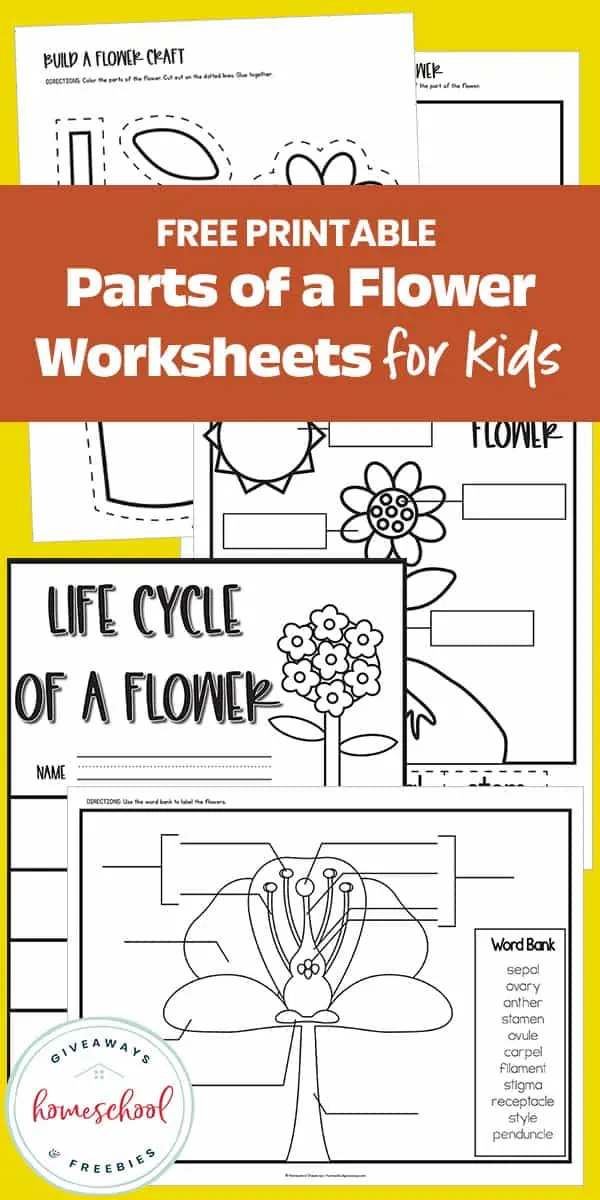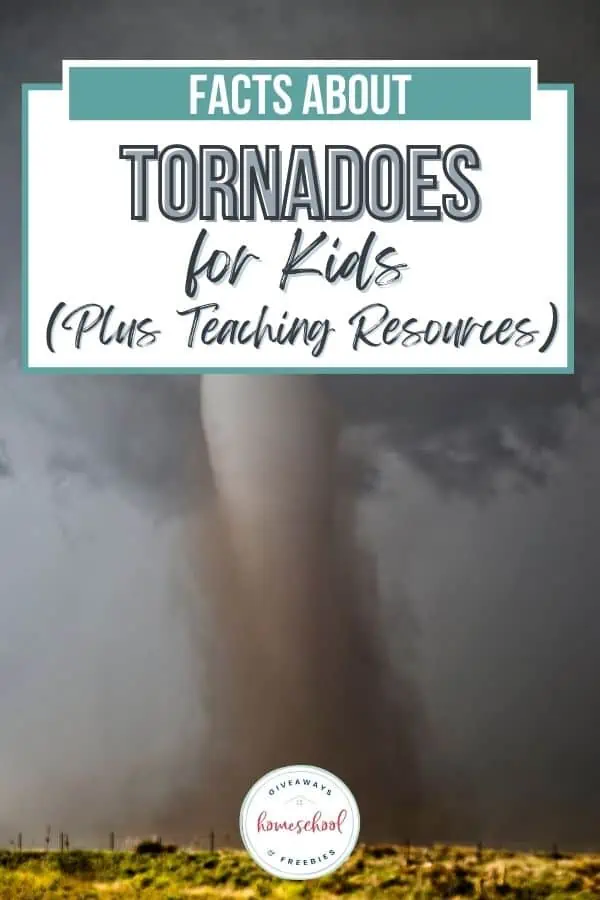Free Planets Cheat Sheets and Fact Cards
Published:
September 7, 2021

Contributor:
Bonnie Rose Hudson
Disclosure: This post may contain affiliate links, meaning if you decide to make a purchase via my links, I may earn a commission at no additional cost to you. See my disclosure for more info.
How long is a year on the red planet Mars? Which two planets have no satellites? How much farther away from the sun is Neptune than Earth? Your students can find the answers to these and many more questions with these planets fact sheets, cards and cheat sheets.
[series_meta]
Teaching About Planets
Kids love learning about outer space and astronomy. They seem to have a natural inclination to look up into the sky and wonder about the atmosphere above and the world that we live in.
They always have so many questions. What does the milky way look like? Are there really black holes? What is an asteroid belt? Where is the international space station located? Are there really satellites flying around the sky taking pictures?
A homeschool setting is a great place to let your kids explore their interests and answer the many questions they may have. They can learn so many important facts while being immersed in what they are learning.
When children are having fun with their learning, it comes to life for them. This helps them to really remember what they have learned.
How do you teach children about planets?
I enjoy incorporating all grade levels when we are studying a specific subject. This works especially well for science subjects.
Younger students can use coloring pages and cute planet worksheets to reinforce what they are learning. Higher level students can do research projects and write essays. Have them pick their favorite planet and do some research about it. They could even create a model of their planet.
Fun Astronomy Teaching Ideas:
- Viewing the night sky with a telescope or even the naked eye is a fun way to get your kids used to locating planets.
- Visit a local planetarium to see constellations and planets in a new and exciting way.
- Check out your local nature centers or state parks. Sometimes they have telescope viewing nights. This is an amazing experience to be able to view planets from a very expensive piece of equipment.
- Download a star gazing app and take it outside on a clear night to try to find the different planets and constellations.
- After reviewing planets and constellations drive out to a field in the country. Lay on a blanket and stare at the stars and try to pick out the different planets and stars.
- Give your kids some projects and crafts like these 7 Hands-On Astronomy Projects. Crafts make school so much more fun that a textbook.
What are some cool things about planets and the solar system?
Kids enjoy finding fun facts about things that they are learning about. There are some really cool things to learn about planets. This is fun knowledge that you can add to any solar system unit study or lesson plan.
There are may different types of planets to learn about. There are rocky planets, terrestrial planets, and even lava planets with real, active, giant volcanoes.
These are pretty cool things your kids will have an easy time remembering:
- Saturn and Jupiter are the gas giants of the solar system, with Jupiter being the largest planet. These planets are mainly composed of hydrogen and helium.
- Saturn has the most gas and is the lightest planet in the solar system. It also has the largest ring system of all the planets.
- Mars has the largest volcano called Olympus Mons. It is three times the size of Mount Everest. It is called the red planet from the brownish red color on the surface.
- Venus is the second planet from the sun and the hottest planet in our solar system. The average temperature is 864 degrees Fahrenheit.
- The largest moon in our solar system is named Ganymede. It is one of a number of moons on the giant planet of Jupiter. Jupiter has 79 moons to be exact.
- Jupiter is also home to the great red spot which is a storm full of crimson-colored clouds that spin counterclockwise at wind speeds that are faster than any storms on Earth.
Free Planets Cheat Sheets and Fact Cards
These Free Planets Cheat Sheets and Fact Cards include three helpful tools for your students. Scroll to the bottom of this post to get access to the free download.
Learn Facts about the Planets
First, there are the cheat sheets with planetary facts. These handy fact sheets contain key and detailed information about each planet (including dwarf planet Pluto). These detailed fact sheets will teach your children about:
- average distance from the sun in AUs
- length of year and length of day
- rotation period and orbital period
- diameter
- average surface and mean temperature
- number of satellites
- names of major satellites
These are great for quick reference and are a perfect fit for your homeschool binder along with more than a dozen other free printable cheat sheets we’ve created for you!
Planets Flash Cards
Next in this Planets Cheat Sheets and Fact Cards unit are 18 full color flash cards containing all the information from the cheat sheets in a easy-to-review format.
At the end of the unit are 18 black and white flash cards with space for students to write the fact sheet notes from the cheat sheets and flash cards.
These fun planet fact sheets and flash cards are a great way to memorize, review, and keep handy important information about the planets of our solar system.
More Solar System Freebies
Solar System Freebies and Resources – This is a huge list of solar system unit studies, coloring pages, worksheets and activities for a study of the solar system.
Learning about the Solar System with Free Printables and Projects – Help your learning of the solar system come to life with these printables and hands-on projects.
| When you subscribe to our newsletter list you get access to our free subscriber library, with over 30 free printables for our loyal subscribers, including more solar system resources to go along with your study of the planets. Click here to check out the subscriber library. | |
 |
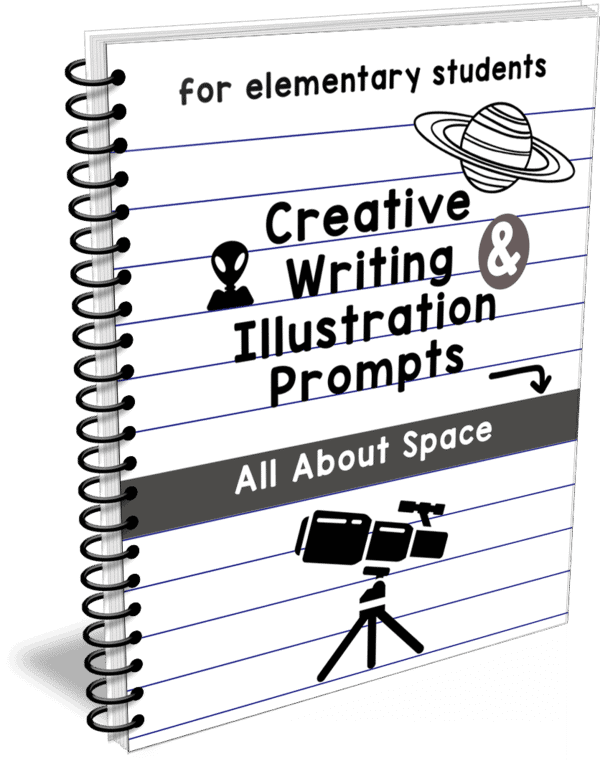 |

